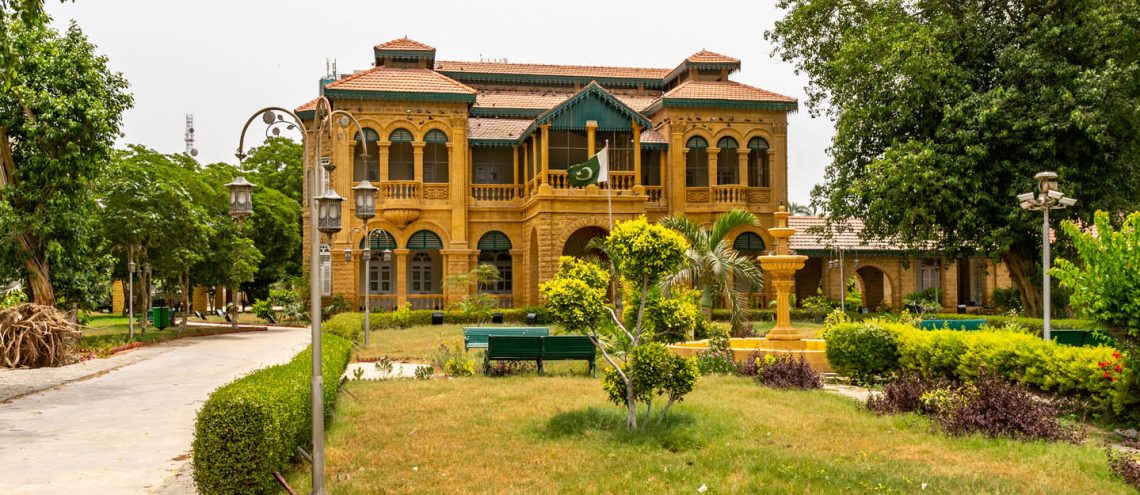Nestled in the bustling city of Karachi, the Quaid e Azam House Museum, also historically known as the Flagstaff House, serves as a poignant emblem of Pakistan’s rich political heritage site Karachi Sindh. This preserved residence once belonged to Mohammad Ali Jinnah, the revered founder of Pakistan, and his sister Fatima Jinnah.
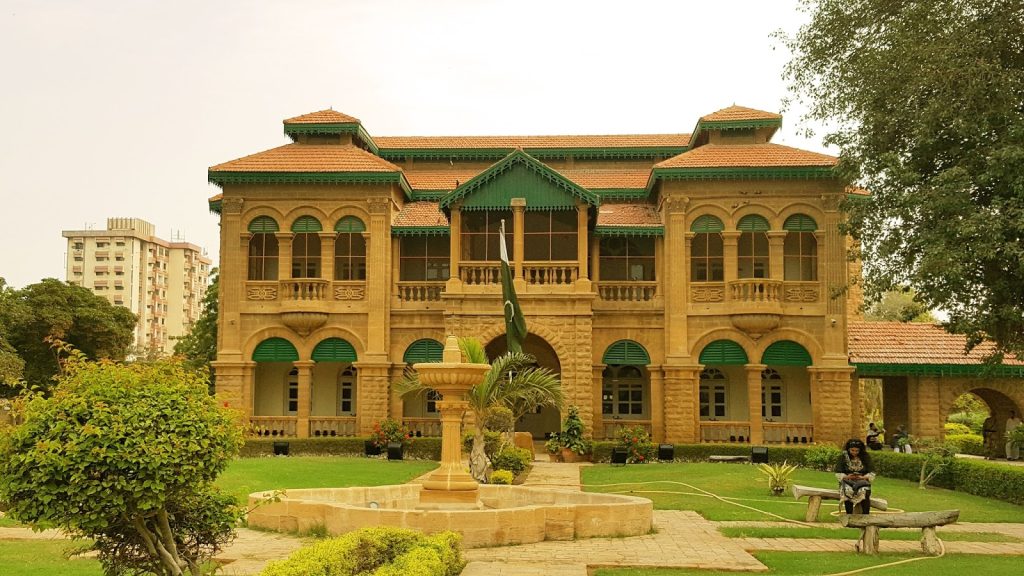
Acquired in 1943 and transformed into a museum in 1985, this stately mansion offers visitors an immersive glimpse into the personal life and times of one of Pakistan’s most influential figures. With original furnishings intact and informative guides at hand, the museum not only commemorates Jinnah’s indelible impact on the nation but also provides an intimate portrayal of his daily personal life, making it a must-visit for anyone interested in the roots of Pakistani history and Karachi.
The Historical Significance of Quaid e Azam House Museum
The Quaid e Azam House Museum, also known as Flagstaff House, is more than just a historical building – it’s a tangible connection to Pakistan’s birth. This colonial-era mansion served as the residence of Muhammad Ali Jinnah, the nation’s revered founder, from 1944 until his passing in 1948.
Stepping into the preserved rooms offers a glimpse into Jinnah’s personal life, work spaces, and daily routines. The museum’s significance lies not just in its architectural style, but in the story it tells – a story of a man who led a nation to independence and whose legacy continues to inspire generations of Pakistanis.
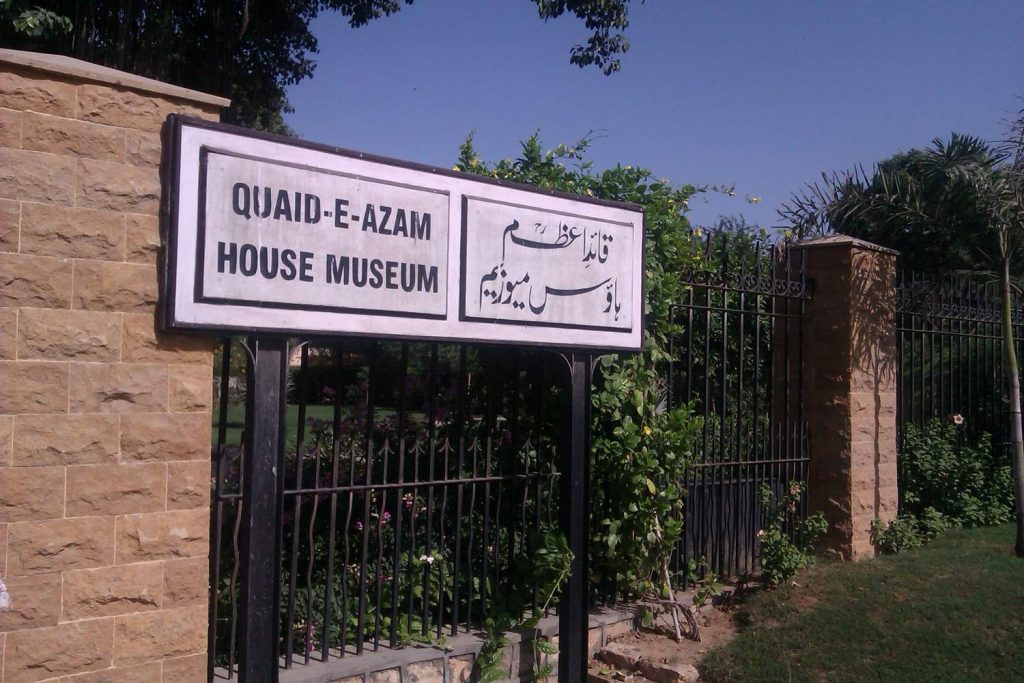
The Foundation of Pakistan’s Heritage
The Quaid e Azam House Museum stands as a cornerstone of Pakistan’s heritage sites. This meticulously preserved mansion, once the residence of Muhammad Ali Jinnah, the nation’s founding father, offers a tangible link to the country’s struggle for independence.
By showcasing Jinnah’s personal belongings, official documents, and workspaces, the museum allows visitors to step back in time and understand the a leader who shaped the destiny of a nation. Beyond its historical significance, the Quaid e Azam House Museum fosters a sense of national identity and pride.
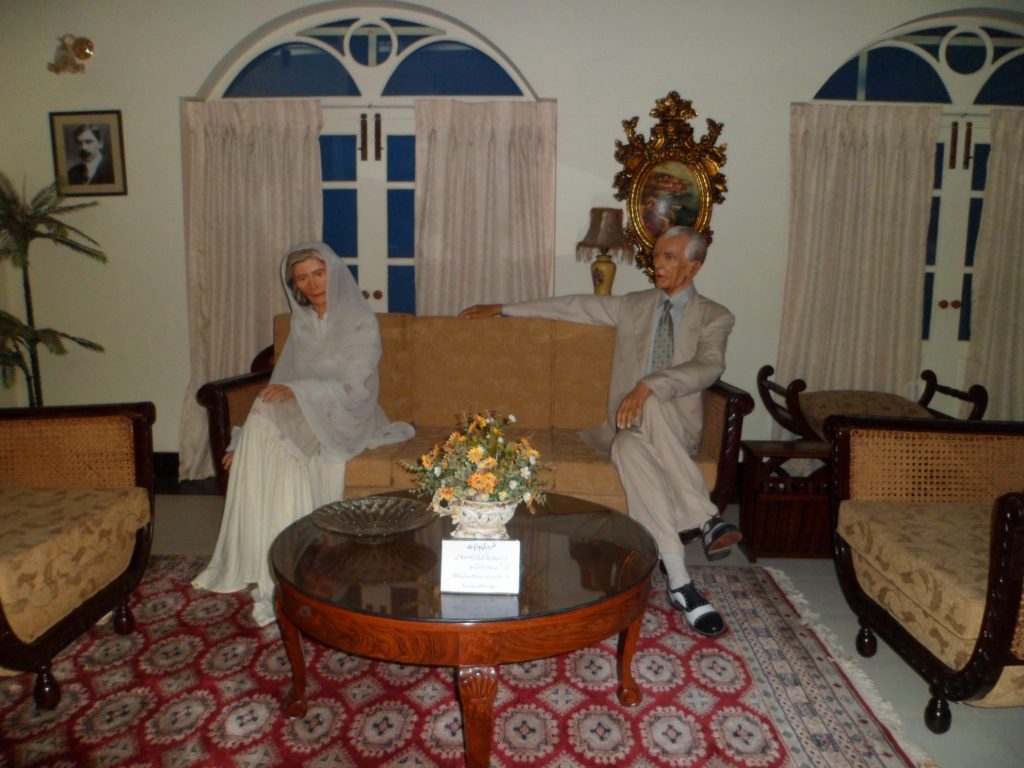
It serves as a powerful reminder of the ideals upon which Pakistan was founded, inspiring future generations to uphold Jinnah’s vision for a democratic and progressive nation.
Jinnah’s Legacy Preserved
The Quaid e Azam House Museum stands as a powerful testament to the legacy of Muhammad Ali Jinnah, the revered founder of Pakistan. This colonial-era mansion, Jinnah’s residence from 1944 until his passing in 1948, has been meticulously preserved, offering visitors a unique window into his work.
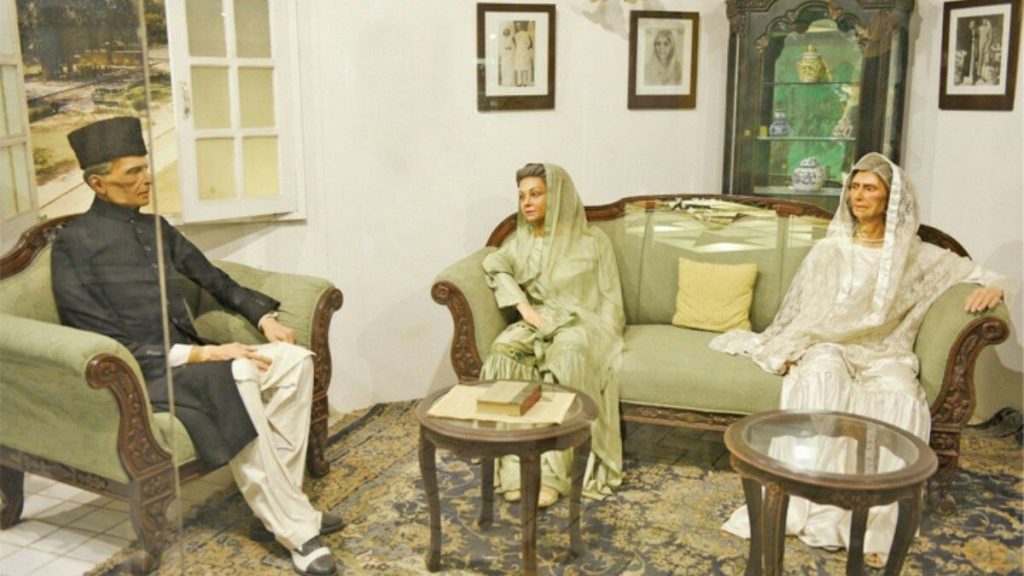
Walking through the carefully curated rooms, one encounters Jinnah’s personal belongings, official documents, and workspaces. These items provide a glimpse into the mind and daily routines of the man who led the struggle for Pakistan’s independence. The Quaid e Azam House Museum transcends its role as a historical building.
It serves as a shrine to Jinnah’s legacy, reminding visitors of his unwavering commitment to democracy, social justice, and the creation of a separate homeland for Muslims in South Asia. By preserving this vital piece of Pakistan’s history and Sindh, the museum ensures that future generations can learn from and be inspired by Jinnah’s vision for the nation.
Exploring the Museum Exhibits
Step into the Quaid-e-Azam House Museum and embark on a journey through Pakistan’s history. The meticulously preserved rooms showcase Muhammad Ali Jinnah and the momentous events leading to Pakistan’s independence.
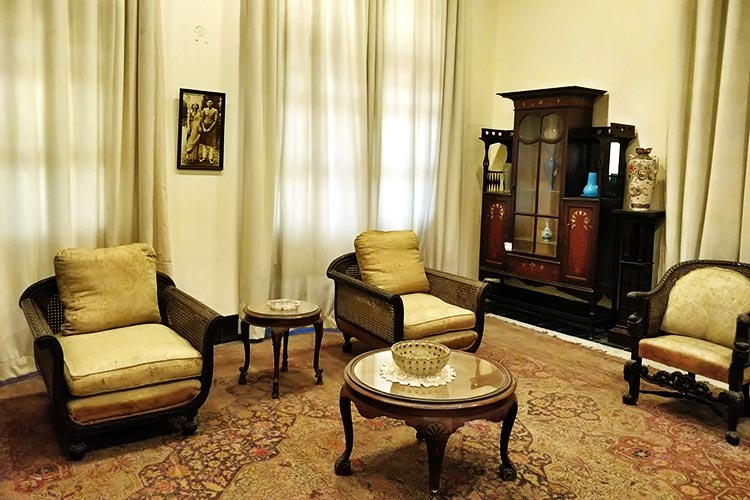
Interactive displays and informative plaques enhance the experience. One can delve deeper into Jinnah’s vision for Pakistan, his leadership qualities, and the historical context surrounding the nation’s birth. A separate photo gallery, accessible on specific holidays, showcases captivating moments from Jinnah, further enriching the understanding of this pivotal figure.
Personal Belongings of Mohammad Ali Jinnah
The Museum offers a unique opportunity to connect with Muhammad Ali Jinnah, the founder of Pakistan, through his personal belongings and his sister Fatima Jinnah with family. Walking through the meticulously preserved rooms, people encounter a captivating collection that sheds light on Jinnah’s life beyond his political persona.
Simple yet elegant furniture, like his writing desk and well-worn armchair, speak volumes about his personal taste and work ethic. Everyday objects, from his reading glasses to his walking stick, evoke a sense of intimacy, allowing people to imagine Jinnah’s routines and habits.
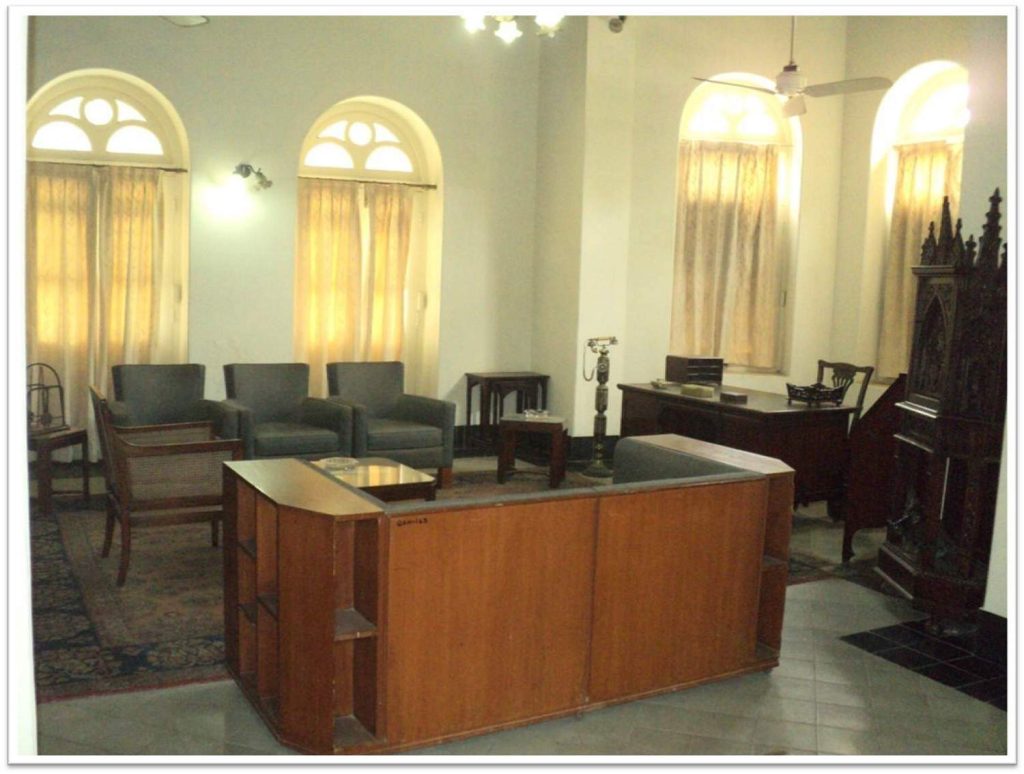
Official documents and meticulously handwritten notes offer a glimpse into his strategic mind and unwavering dedication to the cause of Pakistan’s independence. These personal belongings, displayed with care and respect, serve as powerful tools for storytelling, transforming the museum from a static space into a window into Jinnah and legacy with his sister Fatima Jinnah and family.
Architectural Highlights of the Flagstaff House
The Museum, originally known as Flagstaff House, boasts a unique architectural style that blends colonial influences with local elements. Constructed in the 1890s by a Parsi businessman, the house reflects the yellow limestone masonry typical of colonial-era buildings in Karachi. Wooden trusses support the roof, a testament to the era’s construction techniques.
Step inside and be greeted by a fascinating mix of styles. The red Mangalore tile roofing, a common feature in South Asia, adds a touch of regional character. The grand staircase, crafted from dark brown wood, exudes a sense of colonial elegance.
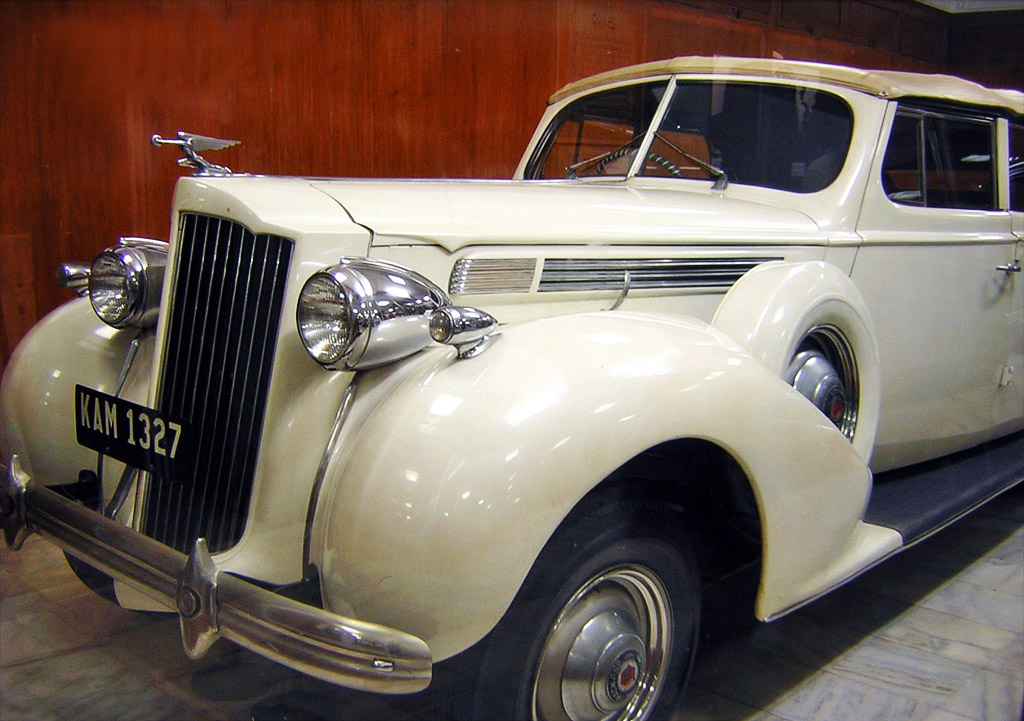
Explore further and discover beautifully patterned floor tiles on the ground floor, contrasting with the wooden floor planks found on the upper level. These architectural details showcase the Flagstaff House’s fascinating history, reflecting not just the prevailing colonial style but also subtle nods to the local design sensibilities of the time.
The Museum Experience
The popular Museum isn’t just a collection of rooms; it’s a portal to Sindh and Pakistan’s past. The experience is multi-layered of heritage sites in Karachi.
Wandering through the well-maintained rooms, people encounter not just architectural beauty, but a tangible connection to Jinnah’. His personal belongings – furniture, books, and everyday objects – offer a glimpse into his personality and daily routines. Official documents and informative displays unveil the political struggles and triumphs that led to Pakistan’s independence.

Interactive elements and guided tours, if available, further enrich the experience. One can delve deeper into Jinnah’s vision, leadership qualities, and the historical context surrounding the nation’s birth. The Museum is more than a museum; it’s a popular place to learn, be inspired, and connect with the legacy of a nation’s founding father.
Guided Tours and Narratives
Guided tours at the building of Museum bring location alive by management. Knowledgeable guides weave narratives around Jinnah, his family and the fight for independence, enriching the experience by live location to Pakistani.

Special Exhibitions and Events
The Museum’s building occasionally hosts special exhibitions at popular place. These exhibits might showcase historical artifacts, delve deeper into specific aspects of Jinnah, or commemorate Pakistani Independence Day with patriotic fervor at location of museum by management of that popular place.
Did Quaid E. Azam live in Jinnah House, Lahore?
LAHORE: The Founder of Pakistan purchased the Jinnah House building located in the cantonment area, but he never had the opportunity to stay in it.
When was Quaid e Azam Museum built?
History of the Quaid-e-Azam Museum, Karachi
The building housing the Quaid-e-Azam Museum in Karachi was constructed in 1886. It was designed by the renowned architect Moses Somake.
Who owns Jinnah House?
The property is currently owned by the government of India. Dina Wadia, Jinnah’s daughter, who married an Indian and settled in India after the partition, was involved in litigation over the house. She argued that Hindu law should apply to Jinnah, as he was a Khoja Shia Muslim.
What is inside Mazar-e-Quaid?
The site features the tomb of Quaid-e-Azam Muhammad Ali Jinnah, along with the graves of Fatima Jinnah, Begum Liaquat Ali Khan, and Sardar Abdur Rab Nishtar. It is well-maintained and clean. This is the final resting place of the Father of the Pakistani nation.
